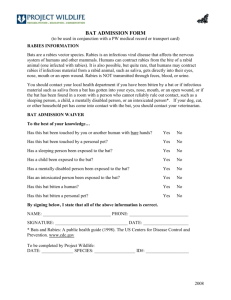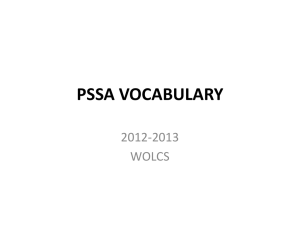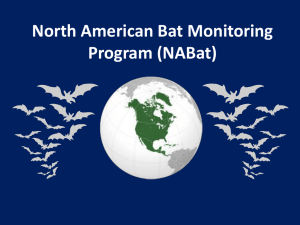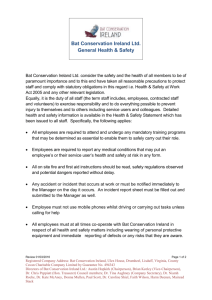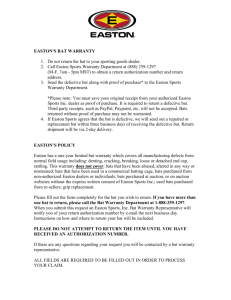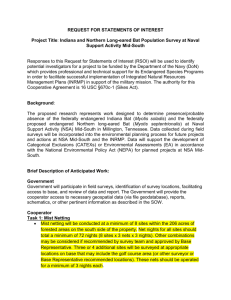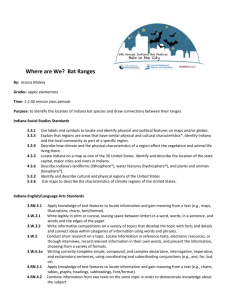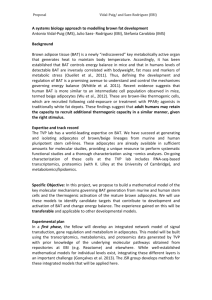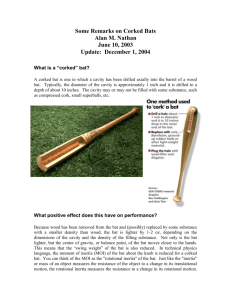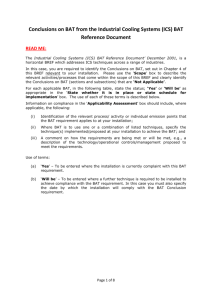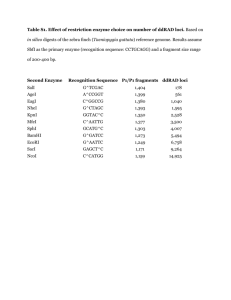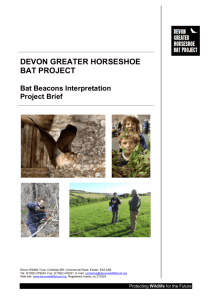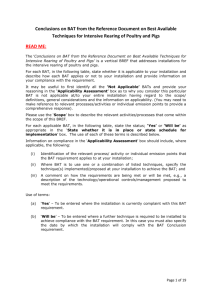DOCX 815kb - Northern Territory Government
advertisement
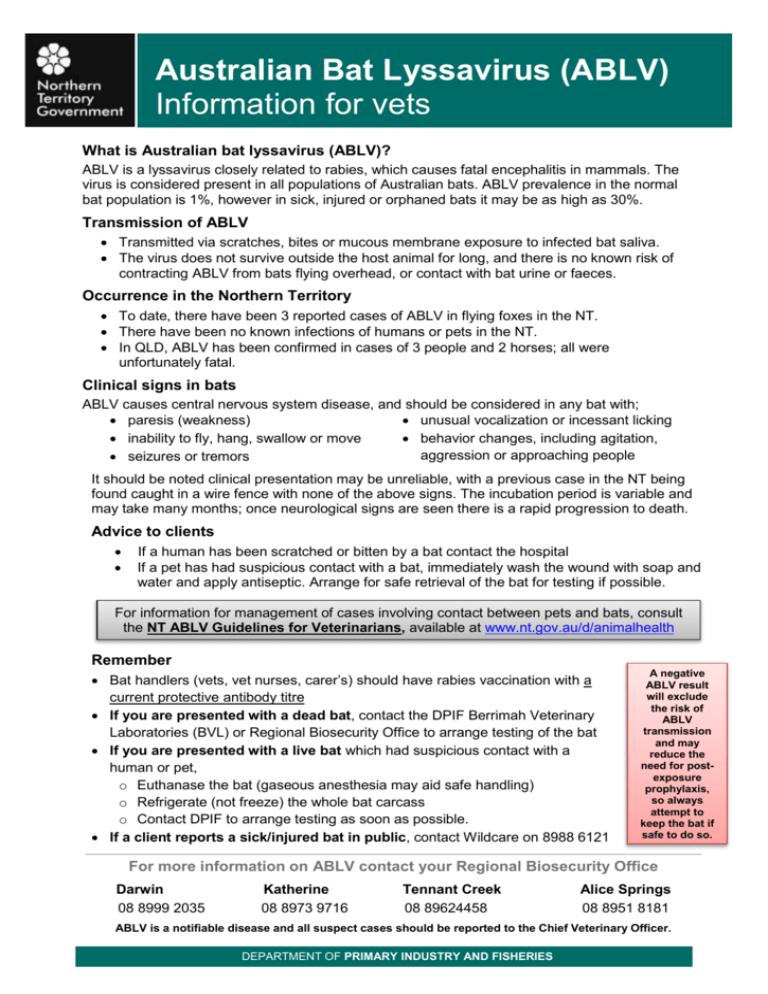
Australian Bat Lyssavirus (ABLV) Information for vets What is Australian bat lyssavirus (ABLV)? ABLV is a lyssavirus closely related to rabies, which causes fatal encephalitis in mammals. The virus is considered present in all populations of Australian bats. ABLV prevalence in the normal bat population is 1%, however in sick, injured or orphaned bats it may be as high as 30%. Transmission of ABLV Transmitted via scratches, bites or mucous membrane exposure to infected bat saliva. The virus does not survive outside the host animal for long, and there is no known risk of contracting ABLV from bats flying overhead, or contact with bat urine or faeces. Occurrence in the Northern Territory To date, there have been 3 reported cases of ABLV in flying foxes in the NT. There have been no known infections of humans or pets in the NT. In QLD, ABLV has been confirmed in cases of 3 people and 2 horses; all were unfortunately fatal. Clinical signs in bats ABLV causes central nervous system disease, and should be considered in any bat with; paresis (weakness) unusual vocalization or incessant licking inability to fly, hang, swallow or move behavior changes, including agitation, aggression or approaching people seizures or tremors It should be noted clinical presentation may be unreliable, with a previous case in the NT being found caught in a wire fence with none of the above signs. The incubation period is variable and may take many months; once neurological signs are seen there is a rapid progression to death. Advice to clients If a human has been scratched or bitten by a bat contact the hospital If a pet has had suspicious contact with a bat, immediately wash the wound with soap and water and apply antiseptic. Arrange for safe retrieval of the bat for testing if possible. For information for management of cases involving contact between pets and bats, consult the NT ABLV Guidelines for Veterinarians, available at www.nt.gov.au/d/animalhealth Remember Bat handlers (vets, vet nurses, carer’s) should have rabies vaccination with a current protective antibody titre If you are presented with a dead bat, contact the DPIF Berrimah Veterinary Laboratories (BVL) or Regional Biosecurity Office to arrange testing of the bat If you are presented with a live bat which had suspicious contact with a human or pet, o Euthanase the bat (gaseous anesthesia may aid safe handling) o Refrigerate (not freeze) the whole bat carcass o Contact DPIF to arrange testing as soon as possible. If a client reports a sick/injured bat in public, contact Wildcare on 8988 6121 A negative ABLV result will exclude the risk of ABLV transmission and may reduce the need for postexposure prophylaxis, so always attempt to keep the bat if safe to do so. For more information on ABLV contact your Regional Biosecurity Office Darwin 08 8999 2035 Katherine 08 8973 9716 Tennant Creek 08 89624458 Alice Springs 08 8951 8181 ABLV is a notifiable disease and all suspect cases should be reported to the Chief Veterinary Officer. DEPARTMENT OF PRIMARY INDUSTRY AND FISHERIES Flowchart of Guidelines for Veterinarians Disclaimer: While all care has been taken to ensure that information contained in this information sheet is true and correct at the time of publication, the Northern Territory of Australia gives no warranty or assurance, and makes no representation as to the accuracy of any information or advice contained in this publication, or that it is suitable for your intended use. No serious, business or investment decisions should be made in reliance on this information without obtaining independent and/or professional advice in relation to your particular situation. _____________________________________________________________________________________________________________________________ © Northern Territory Government 2015 Page 2 of 2





